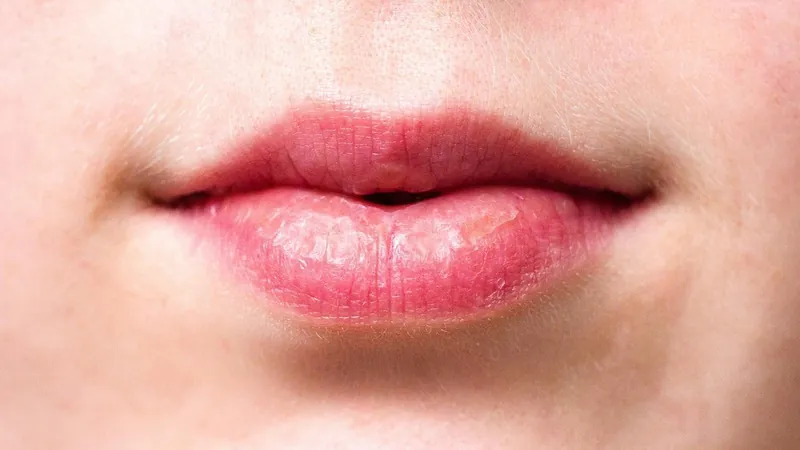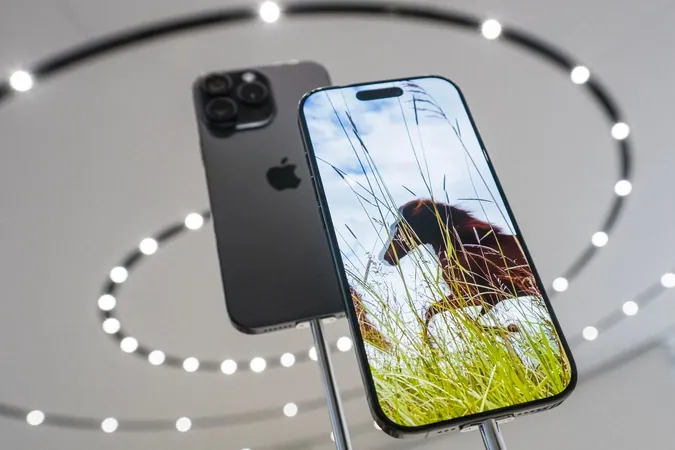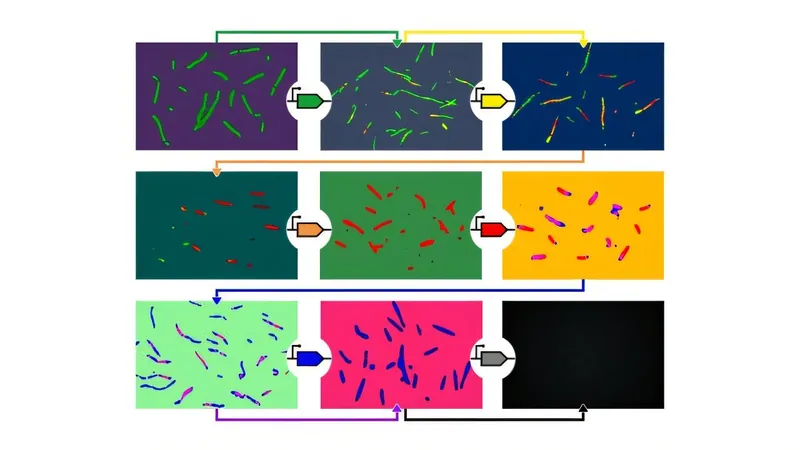
Groundbreaking Breakthrough: First-Ever 3D Lip Cell Models Pave the Way for Advanced Treatments of Lip Injuries
2024-11-04
Author: Jacques
Introduction
In a remarkable development, researchers from Switzerland have created the world's first 3D cell models using lip cells, marking a significant advancement in therapeutic approaches for lip injuries and infections. Until now, scientists have struggled to create accurate models that mimic the unique properties of lip tissue, which differ considerably from those of other skin cells.
Significance of the Breakthrough
Dr. Martin Degen from the University of Bern highlighted the importance of this breakthrough, stating, “The lip is a very prominent feature of our face. Any defects in this tissue can be highly disfiguring. But until now, human lip cell models for developing treatments were lacking.” With this new technology, researchers aim to fill this critical gap in medical science.
Development of 3D Lip Cell Models
To develop these models, the team successfully immortalized lip cells donated by two patients—a person receiving treatment for a lip laceration and another for a cleft lip. This was achieved by utilizing a retroviral vector to deactivate a gene that prevents cells from continuously dividing, and by extending the telomeres at the ends of chromosomes to enhance the cells' lifespan.
Testing and Findings
The new immortalized cell lines underwent rigorous testing to ensure they retained the characteristics of primary lip cells while also being free from chromosomal abnormalities. These findings were published in the prestigious journal, Frontiers in Cell and Developmental Biology.
Wound Healing Experiments
In experiments, the scientists simulated wound healing by scratching the surfaces of the 3D cell models. They found that untreated cells successfully closed the wound in eight hours, while those treated with growth factors healed even faster—results consistent with studies on skin cells from other body areas.
Potential for Studying Infections
Moreover, to evaluate the potential for studying infections, the researchers introduced Candida albicans, a yeast known for causing severe infections, particularly in individuals with compromised immune systems or cleft lips. The results matched expectations, showcasing the model's potential for accurately replicating how lip tissue would respond to real-life infections.
Future Applications
Dr. Degen expressed optimism about the future applications of these models, noting, “We are convinced that 3D models established from healthy immortalized lip cells have the potential to be very useful in many other fields of medicine.” This groundbreaking approach could provide new avenues for treatment and significantly improve the quality of life for countless patients suffering from lip-related injuries and conditions.
Implications for Medical Therapies
As this research progresses, the implications for enhanced medical therapies and surgical interventions are enormous, potentially transforming how lip trauma and infections are treated in the future.









 Brasil (PT)
Brasil (PT)
 Canada (EN)
Canada (EN)
 Chile (ES)
Chile (ES)
 España (ES)
España (ES)
 France (FR)
France (FR)
 Hong Kong (EN)
Hong Kong (EN)
 Italia (IT)
Italia (IT)
 日本 (JA)
日本 (JA)
 Magyarország (HU)
Magyarország (HU)
 Norge (NO)
Norge (NO)
 Polska (PL)
Polska (PL)
 Schweiz (DE)
Schweiz (DE)
 Singapore (EN)
Singapore (EN)
 Sverige (SV)
Sverige (SV)
 Suomi (FI)
Suomi (FI)
 Türkiye (TR)
Türkiye (TR)